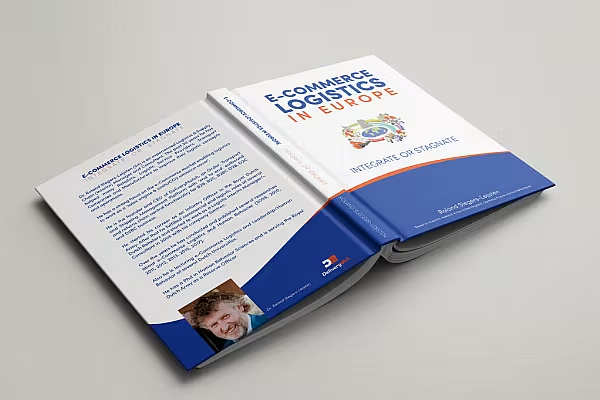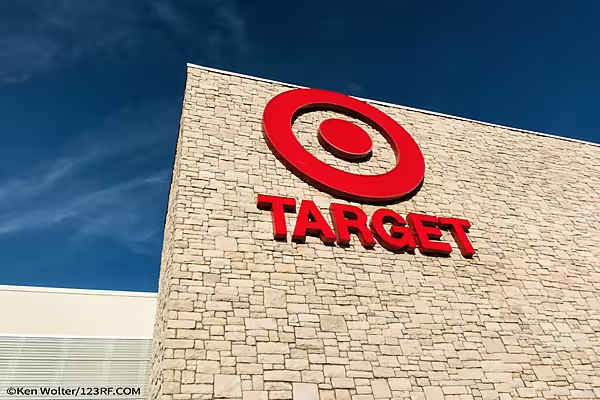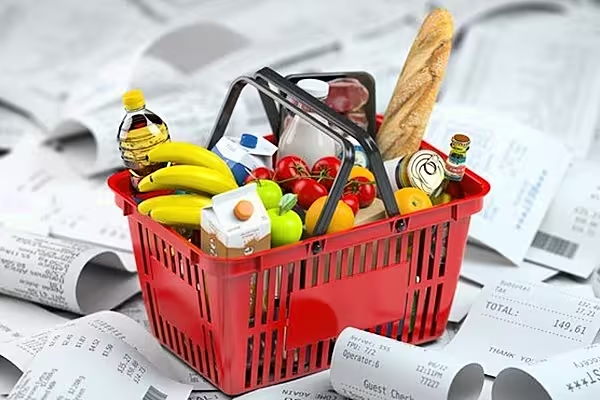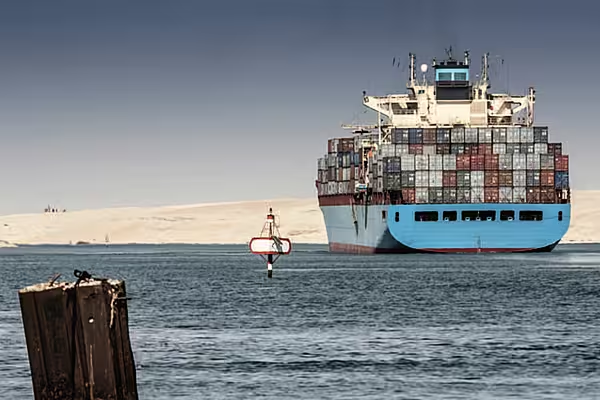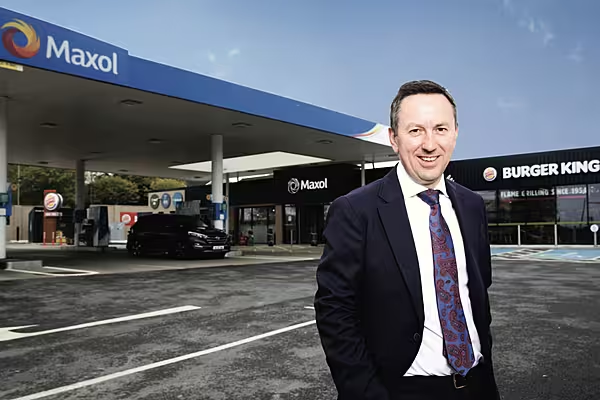Author Roland Slegers-Leijsten has just published a book that analyses how the rise of e-commerce is likely to lead to a shift in the logistics landscape over the coming years. The book, E-Commerce Logistics in Europe: Integrate or Stagnate, costs €45 (hardcover) or €15 (e-pub) and is available through Amazon, Bol.com and verloopuitgeverij.nl. With thanks to Dr. Slegers-Leijsten, ESM presents one of the chapters of the book below.
The e-commerce market in all European countries is growing rapidly. In my previous research, a needed shift from a ‘push’ market into a ‘pull’ market has already been recognized. Also, more and more combinations of Business2Business (B2B) and Business2Consumer (B2C) sales need to be integrated into logistics chains.
In 2019 the three biggest e-commerce markets in Europe were the United Kingdom (€168 billion), Germany (€111 billion) and France (€103 billion). The Netherlands was about the 5th biggest e-commerce market with a turnover of €29 billion. Moreover, by the start of the COVID-19 pandemic the growth went faster and faster.
Operations will always be sales driven. This implies that logistics concepts and operations always need to follow sales concepts and need to relate to them. From my perspective the following sales trends have their impact on logistics concepts and operations, as more and more companies:
- Combine B2C and B2B sales.
- Combine online and offline retail. This started with companies that were offline retailers from origin and added online retail over time. Some were successful, many were not successful. In the past few years, origin online retailers also added offline sales channels. In general, this is a very capital-intensive strategy, and this trend is currently only in a start phase.
- Use D2C and D2B. They let their providers ship the (partial) purchase directly to their customers.
- Sell cross-border, within Europe or worldwide.
- Sell elsewhere than their own sales channels, via wholesale platforms like Amazon, Ebay, Zalando, Britdeals, Chinabrands, OTTO, Etsy, CDiscount, Darty, Bol.com and Wehkamp.
- Sell directly to consumers (manufacturers).
- Have a wide product range and large ‘long tail’.
- Sell products with a wide range of physical characteristics (weight, dimensions, breakable, dangerous goods, fresh goods, etc. etc.).
While in B2B business, companies are often working with service-level agreements (SLAs) and the requested performance of logistic operations is (more or less) known upfront and thus (more or less) predictable, the online consumer (B2C) expects his/her own specific temporary ‘SLA’ for each purchase they make online. So, multichannel and omnichannel sales concepts are becoming more and more common.
As a result, the following challenges occur from a logistics and supply chain point of view:
- Stock needs to be available for multiple sales channels and/or companies in different countries. This implies that stock is in different warehouses, maybe at different companies and in different countries. Extracting real-time and reliable stock availability, shipping capacity/options, pick-up capacity/options and delivery capacity/options of the various warehouses and carriers at the moment of transaction is a must, but very complex. It requires OMS and TMS functionality that is real-time integrated with the Webshop front-end(s), WMS and ERP systems and the carrier systems in the chain.
- There often is a wide range of physical characteristics of products (weight, dimension, fragility, danger, etc.) being sold online. This implies that multiple carriers with a variety of services are needed to be able to deliver orders to customers.
- Many companies struggle with the question how to integrate offline and online distribution in transport.
- Both B2C and B2B sales need to be serviced with logistics solutions, many companies struggle with the question as to how integrate B2C and B2B distribution in warehouses.
- Selling cross-border brings challenges regarding stock location, with customs requirements, multiple carriers needed and transport costs that can vary greatly per order.
When companies start to combine their sales offline, online, B2C, B2B, via wholesale platforms and cross-border, all previously mentioned logistics challenges are an instant reality.
When using D2C and/or D2B dropship solutions to ship a (partial) purchase directly from the supplier towards the customer, even more systems in the chain must be connected and the data for stock availability and logistics capacity of their warehouse(s) and carrier(s) must be available real-time during the purchase process to:
- Be able to offer reliable shipping options and costs.
- Be able to optimise the chain.
On top of that, the demands on the level of logistics service excellence are increasing, so failure and limited service have a direct negative impact on revenue, because of decreasing conversion and retention.
These trends and the logistic challenges that come with them stress the need for a seamless real-time flow of products and information from ‘checkout to doorbell’, because ‘the last mile starts with the first click’. Throughout the logistics chain, retailers, manufacturers, warehouses and carriers need to be closely and real-time linked/integrated to assure reliable ‘first time right’ shipping and delivery, also providing the customer with options regarding logistics services.
At the same time, reducing CO2 emissions is becoming more and more important, but the good news is that doing the things ‘first time right’ and offering the consumer reliable shipping and delivery options will help not only to increase sales and reduces costs, but also will help to reduce CO2 emissions. Multi-store, multi-warehouse and multi-carrier solutions must be in place for this. Let your logistic chains work for you as a ‘sales engine' and 'costs/CO2 emission saver’.
Here is a brief example of my own experience as an online consumer:
Somewhere beginning of 2021, I needed to purchase two totally different products, file folders and a leaf rake. Because of COVID-19, offline stores were closed so I decided to purchase them via a wholesale platform. After filling my shopping basket, I was pleasantly surprised that I got to choose a specific date for the two products to be delivered. So, I chose my option, four days after the purchase day, and finalised the purchase in the checkout.
Of course, I was aware that the two different products would be shipped by two different resellers from two different warehouses. Not to set the bar too high I expected the two different products to be delivered on the chosen day by two different carriers.
The next day I already got an e-mail of one from the two drop-shippers that they could not deliver on the chosen day, but that it would be later. Reading that e-mail, the first question I asked myself was whether the product was not available for shipping and/or there was no matching warehouse production capacity to ship the product at the right moment? Unfortunately, I will never know for sure.
Then there was an overload of e-mail communication about the delivery status of both products. Both the wholesale platform as both drop-shippers and the carrier kept me busy reading e-mails about the status details, which was too much! On top of that, they were communicating information that was not aligned.
In the end the first product was delivered on the chosen day by a carrier. I was at home, but the driver did not bother to use the doorbell, so I found the parcel lying soaking wet (it was raining) in front of my doorstep at the end of the day. It was very disappointing.
Two days later the second product was delivered and again I found it lying in front of my doorstep. After this second drop, I found out that both drops were executed by one and the same carrier, so I was wondering why they were not able to deliver both products in one drop?
This example points out a few topics that are not in place yet. In the webshop front-end they are perfectly capable of selling products coming from multiple suppliers. However, the logistic concept seems to be far behind and not able to support this sales concept:
- Maybe there is not a sufficient link about stock information between the wholesale platform and the supplier during the purchase moment?
- Maybe there is not a sufficient link about warehouse production capacity between the wholesales platform and the supplier during the purchase moment?
- Is there no check during the purchase moment on which carrier can deliver both products (coming for two suppliers), at what moment this carrier can do both pick-ups, when both suppliers need to be able to ship and at what moment this carrier can deliver both product in one drop?
- The quality of the carrier delivering the products is questionable, because they simply drop the products in front of my doorstep without using the doorbell, even when I am at home.
The fact that the logistics concept is not on the right level to be able to support this sales concept causes an unsatisfied customer, over-communication, increased transport costs (two drops instead of one) and more CO2 emissions than needed.
My conclusion, not only based on this example, is that there is work to do regarding logistics concepts and operations. Sales, logistics and financial systems in the chain must and can be enabled to connect with each other to gain real-time data and execute a higher level of chain control.
To purchase a copy of E-Commerce Logistics in Europe: Integrate or Stagnate, visit Amazon, Bol.com or verloopuitgeverij.nl.
© 2022 European Supermarket Magazine. Article by Roland Slegers-Leijsten . For more Supply Chain news, click here. Click subscribe to sign up to ESM: European Supermarket Magazine.
